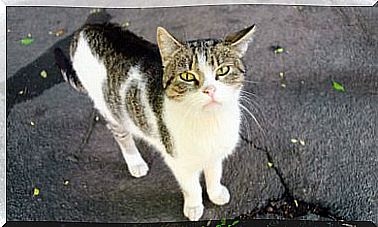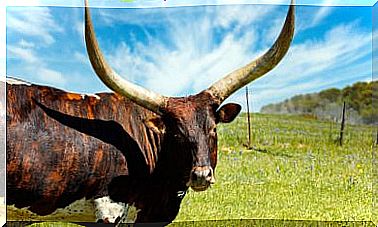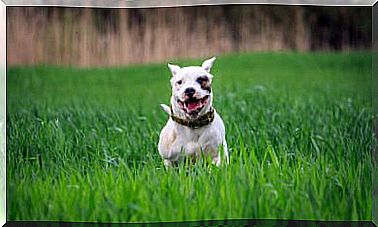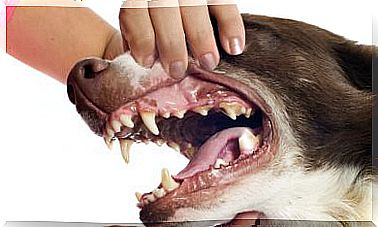Symbiosis In Animals
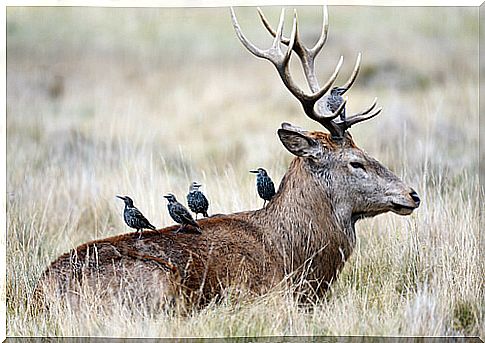
To coexist on this planet, it is essential to strengthen relationships and ties; This is not something that only humans do. Symbiosis in animals is the peaceful coexistence between specimens of different species, thanks to which one or both parties benefit. It’s really interesting!
Types of symbiosis in animals
Symbiotic relationships can be beneficial for everyone involved, or good for some and harmful for others, such as what happens between mosquitoes and people. In any case, we have to talk about an evolutionary process, in which species have learned to relate and help each other.
Symbiosis in animals can develop in different situations, and each of these relationships has inherent characteristics. In this way, we can speak of symbiosis according to the physical place they share, the duration of the exchange, the receptivity and transmission of the parties involved, etc. The three main types of symbiosis are:
1. Parasitism
The relationship in this case is beneficial for one of the parties only, since the other considers that coexistence as annoying or even bad for their health.
Within parasitism we can name lice with people, fleas with cats or ticks with dogs. No parasite can live without its ‘host’, since it feeds on your blood, and needs to be lodged between the skin and the hair.
2. Commensalism
This interaction is given by an individual who obtains a benefit, and another who is not harmed by said action or who can sometimes benefit. Commensalism is very common in marine environments when, for example, a remora fish attaches itself to the belly of a shark to be transported.
3. Mutualism
In this relationship both parties benefit in one way or another. Believe it or not, this type of symbiosis is very common in nature, and it not only occurs between animals, but also between animals and plants.
In the first case we can mention sea anemones and clown fish; They cohabit to protect each other from all kinds of marine predators.

Without a doubt, the best example of mutualism between an animal and a plant is that of bees and flowers. The insect extracts the pollen and carries it attached to its legs, but during the trip some particles fall and allow the pollination of other distant flowers.
More examples of symbiosis in animals
In addition to those mentioned above, to better portray the three types of symbiosis in animals, you should know that there are dozens of close relationships between living beings. We can cite some of them:
1. Crab and anemone
The two animals form an effective and interesting association: the stinging tentacles of the anemone protect the crab from predators. At the same time, the mobility of the crustacean allows the ‘plant’ to move from one place to another.
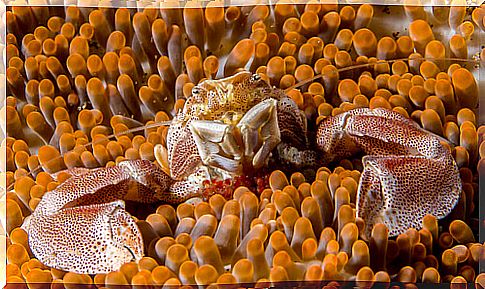
2. Prawns with fish
Crustaceans feed on parasites present in fish scales. In exchange for this ‘cleaning’ task, they have an effective shield and avoid being eaten by predators.
3. Hyenas and vultures
Scavengers such as the hyena and the vulture are animals that feed on the remains of living beings that have already been eaten by large predators, such as the lion or the tiger. The symbiosis in this case is given by the ‘permission’ that both have to eat the leftovers without bothering.
4. Flies and mammals
Some insects look for the skin of mammals to lay their eggs, and thus offer them the ideal environment for their development. When tsetse fly eggs hatch, they become parasitoids that feed on their host’s tissues.
5. Ants and aphids
In this case we have to speak of pure mutualism, since both species benefit. The aphid secretes a kind of thick liquid rich in carbohydrates to better fixate on plants. For their part, the ants feed on this ‘nectar’ when they are outside the anthill. This is how the latter defend their friends from the attack of predators, including birds.

